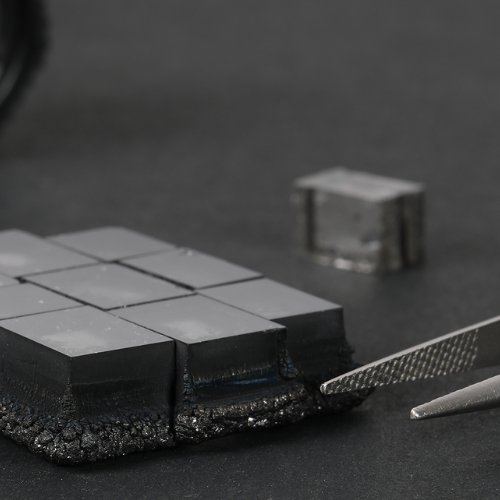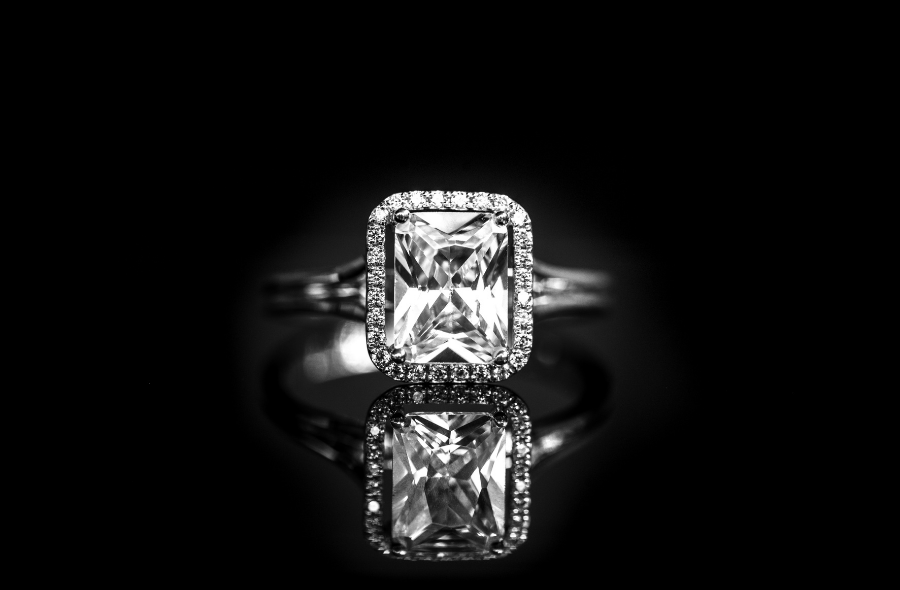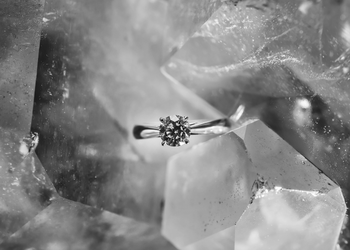
HOW ARE LABORATORY DIAMONDS CREATED ?
JUNE 28, 2021, Extremadura Channel
DRAFTING
Juan María Murillo
June 25, 2021, 9:32 pm Updated June 25, 2021, 9:40 pm
ARTIFICIAL DIAMONDS ARE EXACTLY THE SAME AS NATURAL DIAMONDS
Juan María Murillo
June 25, 2021, 9:32 pm Updated June 25, 2021, 9:40 pm
ARTIFICIAL DIAMONDS ARE EXACTLY THE SAME AS NATURAL DIAMONDS
How are artificial diamonds created?
The technique that the company that will be installed in Trujillo will use will be CVD from Chemical Vapor Deposition.
The announcement that the North American company Diamond Foundry will build a factory in Trujillo to produce synthetic diamonds has aroused the interest of all Extremadurans. For its manufacturing, this company will have world-leading technology. But... how and why do they do it? In a few simple points, we reveal the work.
How are they created?
Two techniques are used, HPHT (High Pressure High Temperature), high pressure and high temperature, which recreates the conditions of the diamond that is born naturally, and CVD, Chemical Vapor Deposition, which is what will be used by the company that will be installed. in Trujillo.
Diamonds with this technique will be created through carbon depositions in an electrical environment. These are deposited on a surface creating a thin layer of diamond. Between 3 and 5 days we can have a diamond. That is, "they are created as if it were an impression." The techniques are well known by Sergio Murcia of Mimoke, a jewelry company in Barcelona that is dedicated to creating pieces with laboratory diamonds.
What are they used for?
As semiconductors for 5G, optics or for electric cars and in jewelry, but diamond gems only represent 15% of the entire market for this precious stone.
Price difference?
Sergio Murcia maintains that synthetic diamond is between 3 and 6 times cheaper than natural diamonds. "A natural carat stone can cost between 6,000 and 10,000 euros and the laboratory one between 2,000 and 6,000 thousand euros."
Is there a market?
The founder of Mimoke highlights that in the United States, these precious stones already account for 35 percent of the share in jewelry and half of the wholesalers in that country already have laboratory diamonds in their portfolio. The forecast is that by 2030, more than 50 percent of sales will be laboratory diamonds.
In Spain there is still a lot of ignorance about this type of products, but an increase in sales is expected. They are cheaper, sustainable and that democratizes the sector and its consumption.
How are they created?
Two techniques are used, HPHT (High Pressure High Temperature), high pressure and high temperature, which recreates the conditions of the diamond that is born naturally, and CVD, Chemical Vapor Deposition, which is what will be used by the company that will be installed. in Trujillo.
Diamonds with this technique will be created through carbon depositions in an electrical environment. These are deposited on a surface creating a thin layer of diamond. Between 3 and 5 days we can have a diamond. That is, "they are created as if it were an impression." The techniques are well known by Sergio Murcia of Mimoke, a jewelry company in Barcelona that is dedicated to creating pieces with laboratory diamonds.
What are they used for?
As semiconductors for 5G, optics or for electric cars and in jewelry, but diamond gems only represent 15% of the entire market for this precious stone.
Price difference?
Sergio Murcia maintains that synthetic diamond is between 3 and 6 times cheaper than natural diamonds. "A natural carat stone can cost between 6,000 and 10,000 euros and the laboratory one between 2,000 and 6,000 thousand euros."
Is there a market?
The founder of Mimoke highlights that in the United States, these precious stones already account for 35 percent of the share in jewelry and half of the wholesalers in that country already have laboratory diamonds in their portfolio. The forecast is that by 2030, more than 50 percent of sales will be laboratory diamonds.
In Spain there is still a lot of ignorance about this type of products, but an increase in sales is expected. They are cheaper, sustainable and that democratizes the sector and its consumption.



